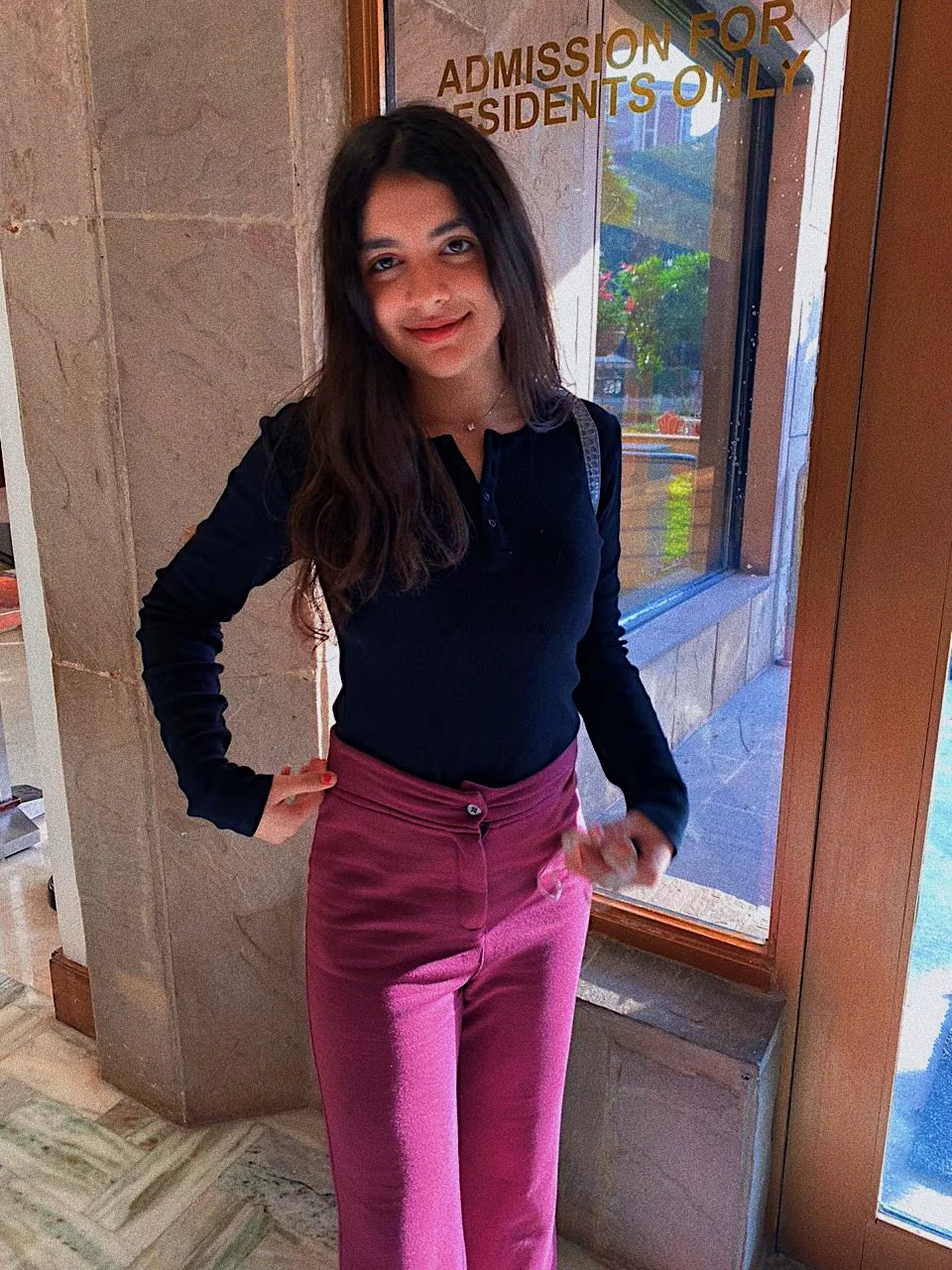An Ode To Middle-Class Dreams: ‘Dolly Kitty Aur Woh Chamakte Sitaare’
Long gone are the days when media would use objects such as swans and flowers to represent sexual advances allegorically. Bollywood and mainstream media have always been rather thorny about addressing subject matter relating to women’s needs and fighting against the patriarchal we have normalized so immensely that they don’t seem odd enough now. In fact, Bollywood has done more damage when it comes to women empowerment than any other force.
Succumbing to the patriarchal normal, Bollywood is famous for glorifying men as the dominant stakeholder in a relationship and women as the timid and submissive participant. Female carnal desire has been far, far away from being represented in mainstream media. If you watched a black and white Hindi movie, you would see women shying away from sexual advances and men mostly manipulating women into sex. After all, the fairytale of men saving women has been repeated far too often in Bollywood.
Dolly Kitty Aur Woh Chamate Sitaare, also known as the supposed sequel of Lipstick Under My Burkha by Alankrita Shrivastava, is a Hindi movie starring Konkona Sen Sharma and Bhumi Pednekar as the protagonists, opens spaces for meaningful dialogue and discourse about women’s silent desires for a sense of control over their life. It provides a fresh narrative and opens up space for discussing a women’s needs as well.
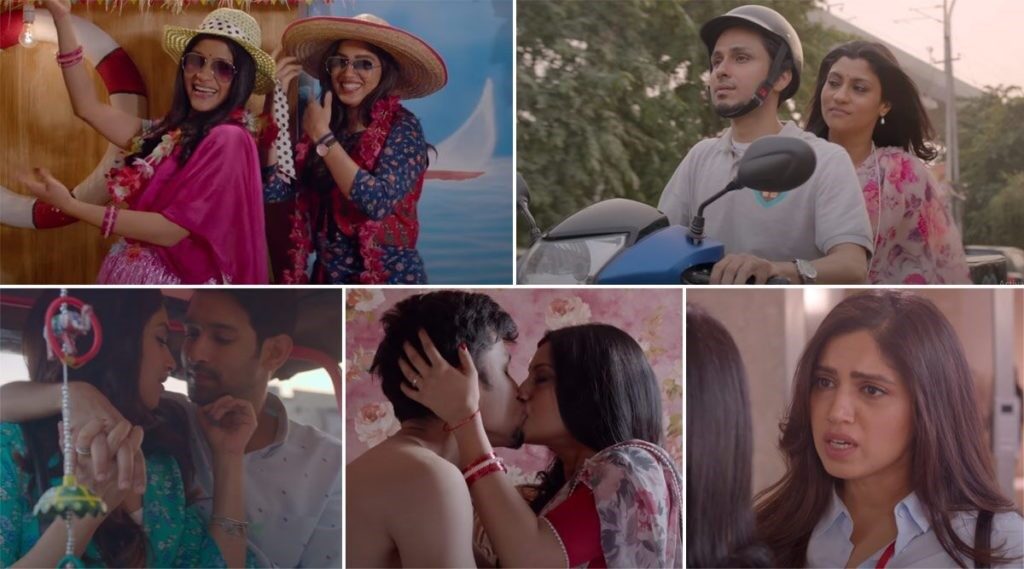
Thematic overload
The movie, starring Konkona Sen Sharma and Bhumi Pednekar, is a vivid feminist account and speaks of many issues, ranging from Greater Noida’s property scam to sexless marriage. The movie picks up themes relevant to today, such as misogyny, gender norms, gender identity, moral policing, and many more. However, in its vision of talking about multiple germane and pertinent themes, the film fails to elaborate on either of them, leaving most of the themes unaddressed, hanging freely midair, gradually dissipating out of the picture. The broad strokes sidestep the finer details. The multitude of plots seems like empty problems lacking solutions.
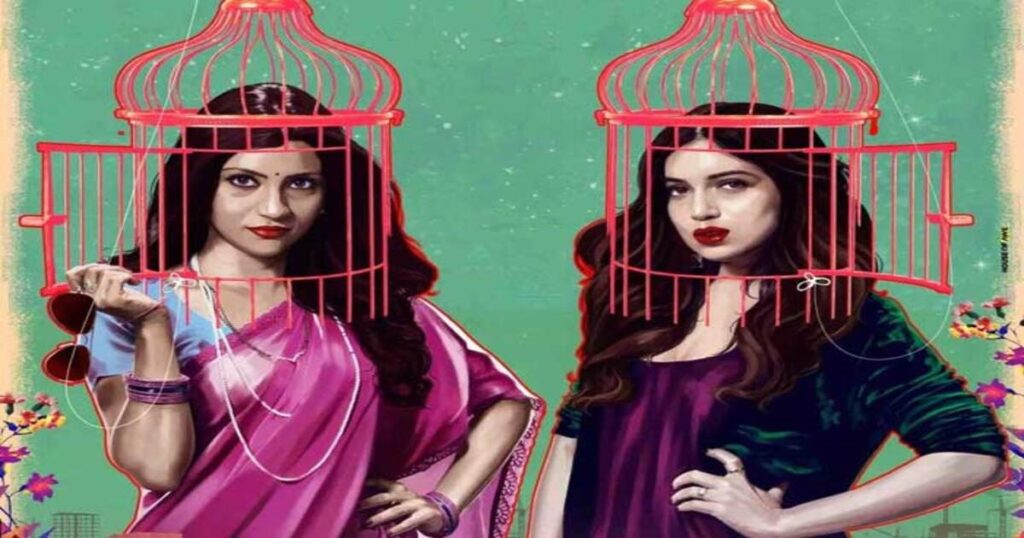
Once upon a time…
The story revolves around two sisters, the middle-class Radha or Dolly and her young cousin Kitty who comes to Greater Noida, popularly known as the next Shanghai in the movie, to fulfill her dreams and aspirations. However, her life in the city is not as she expects. She’s envious of her cousin’s sister’s lavish “middle-class life” with airconditioning (the true symbol of upwards motility in India) and uncomfortable with her sister’s husband’s carnal gaze on her.
The film with atrocious details paints the correct narrative of lower-middle-class scrambles. Dolly has dreams of getting a modular kitchen in Greater Noida flats and works in an office where her professional and personal lives blend into an uncomfortable mix as she is made to make tea in her office, fulfilling her housewife-ly duties. Kitty works for a “friendship hotline” to pay for a bunker in a hostel, and Dolly struggles and seeks respite from her sexless marriage.
Dolly finds her salvation in the innocent delivery guy Osman, who makes her even more aware of her frigid sex life and her empty marriage. Meanwhile, Kitty finds companionship in a hospice worker, Prateek, who dials up to pass his time but ends up scoring himself a girlfriend. Kitty is a young girl with big dreams, hoping to find love in the era of helplines for alleviating one’s loneliness, however once being duped by married man Prateek and realizing she lost her virginity to the wrong guy, Kitty gains a profound realization of her dreams and herself. She realizes how tough the world can be for a woman, and fulfilling dreams, especially as a woman, is no easy ride.
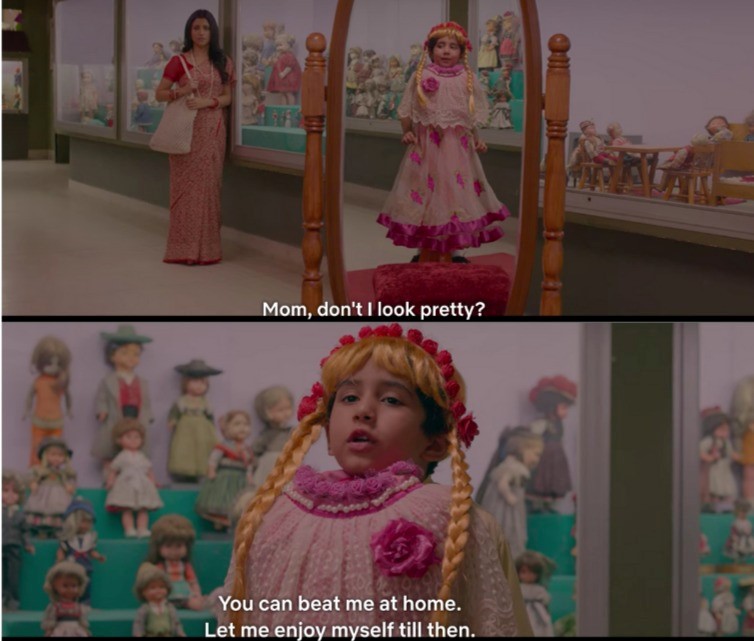
The rare expression of gender dysmorphia
While Shrivastava definitely opens space for discord over women’s sexuality and its expression against the patriarchal norms, various extremely relevant addresses in the film could be dealt with greater finesse. Not many movies portray characters disobeying gender norms. However, Dolly’s younger son Pappu struggles with his gender identity and is surrounded by dismay over his “girly” behavior and likings. While the initiative to showcase the said plot is commendable as it represents the ever-so-important gender incongruence and effeminacy, which remains highly stigmatized today, the plot remains unfinished. It lacks the tact with which it could have been better explained.
The film also provides a rare insight into the life of an unhappy, married middle-class woman. Marriage for most of us Indians is seen as a gateway to hassle-free sex, the time of fulfilling all sexual needs. However, this need differs for men and women in marriage. The movie tells us about how married men like Prateek, Kitty’s beau, and Dolly’s husband Amit easily find ways of releasing their pent-up sexual energy. In contrast, wives are often left alone with their needs unfulfilled. Dolly was gaslit into believing that their sexual incompatibility was her culpability. Dolly and her husband are sad reminders that in a sexually incompatible marriage, the burden of the failed sex life falls on the woman.
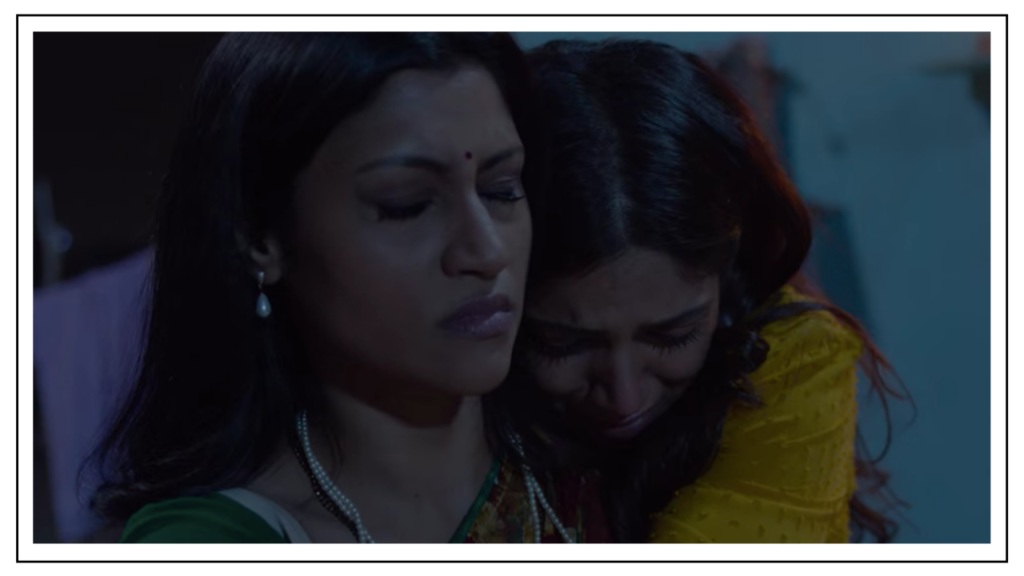
CONCLUSION
The film reminds the audience that it’s not much that women want. They only want to be freed from the shackles of suppression that misogyny has clamped them between. Dolly is envious of Kitty’s youth and her ability to be resilient and perseverant. In contrast, Kitty is envious of Dolly’s apparently stable life, her family, and most importantly, her air-conditioned house. However, both the sister’s lives converge closely as eventually, both of them realize that deep down, all women want the same thing; freedom.
Featured Graphic Design: Anshika Maria Sunny
Author
